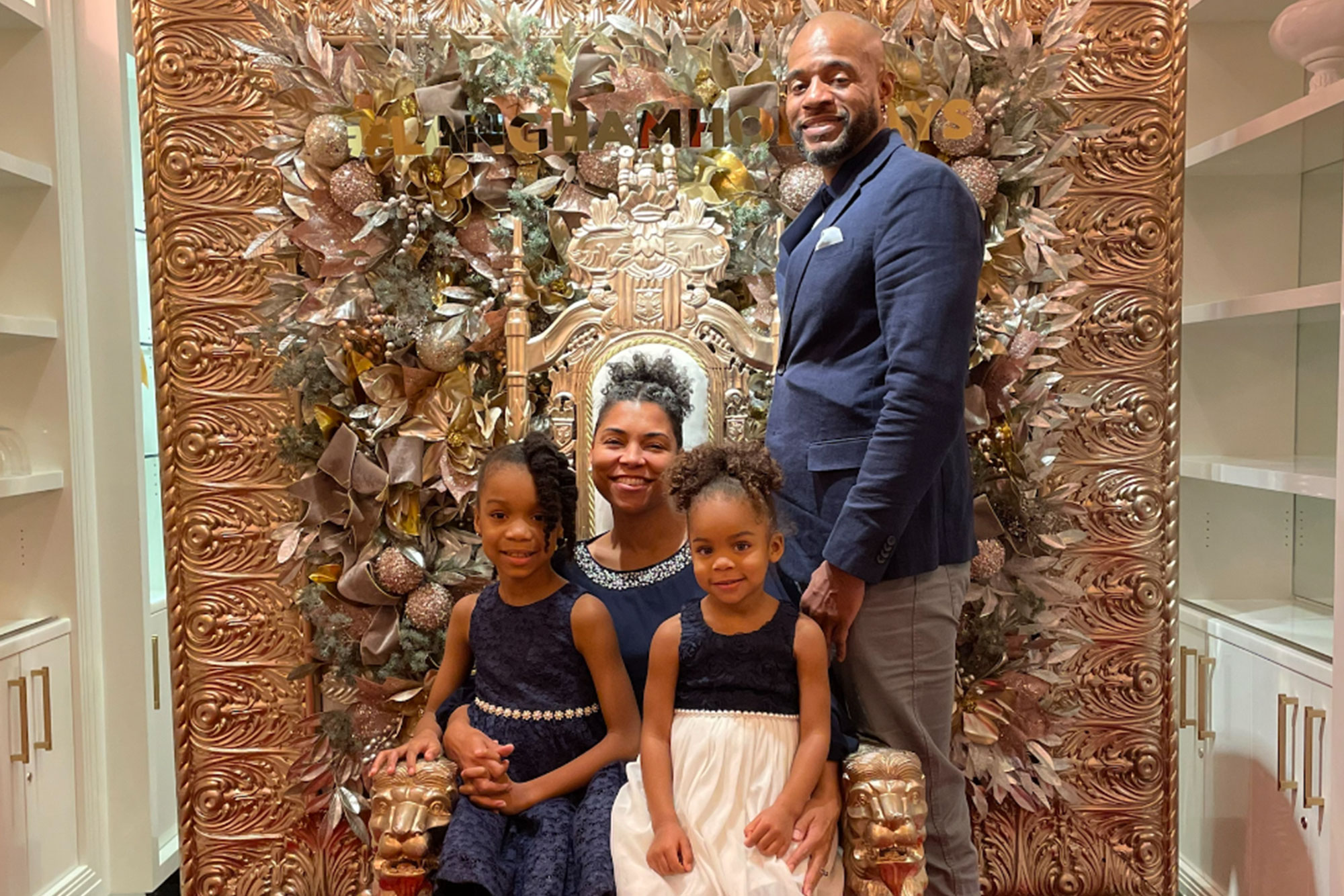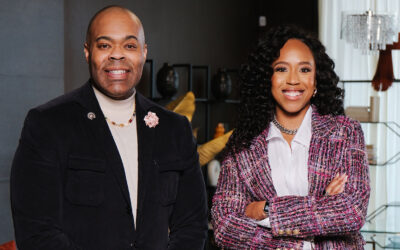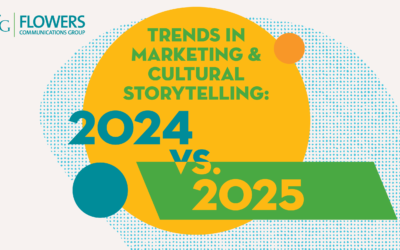For many countries across the globe, the third Sunday in June marks a day to celebrate dad: Father’s Day. This key moment in time is an opportunity to celebrate and honor the hard work, love, and dedication that dads put into raising their children and in being a positive influence in their lives. And over time, this day has evolved from a secondary “Hallmark Holiday” into an authentic tribute to the role of fatherhood and the influence of fathers and father figures. However, Father’s Day has also presented itself as a business opportunity for many brands.
As with any holiday, marketers have capitalized on the occasion by executing strategies that align with Father’s Day festivities to promote their brands and products. According to the National Retail Foundation (NRF), in 2022, projections estimated $20 billion dollars in sales on gifts for dads – a consistent increase year-over-year, even during the pandemic. This astronomical projection in sales is important to consider when developing a marketing strategy to ensure that brands are hitting the mark when trying to connect with fathers, but especially those shopping for the father figure in their life.
A key element to any successful marketing strategy is authenticity. Brands previously assumed that dad only wanted to drink beer and stand behind the grill – in open-toed shoes with socks, of course. But gone are the days when brands stood by societal norms, and instead, they have shifted their mindset to meet today’s reality of fluid gender roles. Take stay-at-home dads, for example. According to the Pew Research Center, an estimated 2.1 million fathers were stay-at-home dads in 2021 — an 8% increase since 1989. It’s evident that the narrative has changed, and brands are now showcasing the true portrayal of what it means to be a father or father figure.
Recent Father’s Day campaigns are celebrating the diverse fatherhood experience. One reason behind this is that, in going beyond the stereotypical portrayal of a dad, marketers can help to advance the importance of fatherhood and the impact fathers have on everyday life. By showing men in caring, supportive, and involved family dynamics, brands can paint a positive and authentic image of fatherhood in the minds of their consumers, while still creating meaningful interactions.
Brands are clearly noticing that there’s more to fatherhood than societal norms. Showing the diversity in being a dad is a great way for brands to reach their bottom line, but to also foster genuine and emotional connections with their customers.
This portrayal is important for a few reasons. One is that it helps to counteract negative stereotypes that have perpetuated society for years, especially fathers from marginalized communities. For example, Black fathers have too often been shown in the media as being absent and uninvolved, which has manifested an unflattering image in the minds of many, including children. And it’s simply not true. According to a widely cited Centers for Disease Control study, compared to White and Hispanic fathers, Black fathers were more involved across a range of nurturing and involvement activities like sharing meals, bathing, diapering, dressing, and reading to their children. That same study found that the majority of Black fathers live in the same home with their children.
As marketers flip this way of thinking, they change how society views the men that are taking care of their families and being role models to their children. Dove’s campaign #DearFutureDads campaign is a great example of this in action.
Another reason why this positive portrayal is important is the promotion of gender equality. In many communities, the role of a father is undervalued and overlooked. By portraying dad as an equal partner in parenting, marketers also promote the idea of men and women being partners in creating a stable family and home environment while simultaneously encouraging more men to take an active role in their children’s lives. To this effect, in 2017, Concern Worldwide promoted celebrating dads as equal partners on their website. And Shea Butter’s “A Father’s Lullaby” spot featured a dad in a role typically associated with mom.
There’s also the opportunity to spotlight non-traditional fathers – whether it’s single dads, stepdads as seen in Budweiser’s “Father’s Who Stepped Up” commercial, father-figures or dual-father households. Brands who support inclusivity and that aren’t afraid to talk about topics that are considered taboo or uncomfortable are helping to break down barriers to promote the importance and acceptance of all father figures. And from a bottom-line perspective, consumers will also be more likely to purchase products and services from brands that they see as being socially responsible and supportive of strong values.
Michael Royston is vice president of integrated marketing at Flowers Communications Group.




